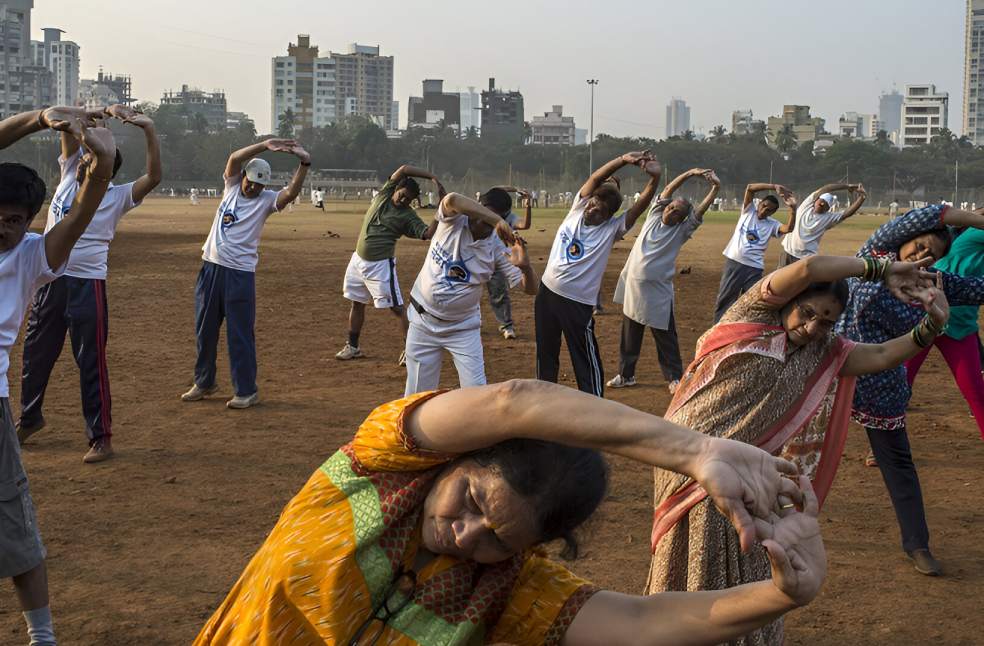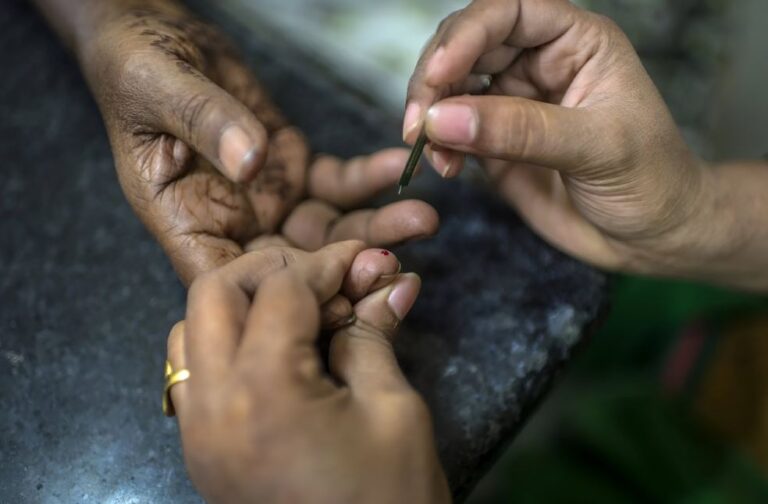London: On World Diabetes Day, observed annually on 14th November, global health experts rally to bring awareness to the growing diabetes epidemic affecting millions. This year’s theme, “Breaking Barriers, Bridging Gaps,” focuses on facilitating access to equitable, affordable, and quality care for everyone diagnosed with diabetes worldwide, emphasising the need for collective and individual actions to combat the disease.
Diabetes: A growing global challenge
A recent groundbreaking study has revealed that more than 800 million adults are currently living with diabetes globally, nearly double previous assessments.The research conducted by the NCD Risk Factor Collaboration and the World Health Organisation (WHO) offers the first comprehensive global analysis of diabetes prevalence and treatment rates. It draws on over 1,000 studies involving more than 140 million people worldwide.
In 2022, the study found that approximately 828 million adults aged 18 and over were living with type 1 and type 2 diabetes. Of these, an alarming 59 percent—or 445 million adults over the age of 30—are not accepting the treatment they need.
The study highlights a stark disparity in diabetes care access between regions. While high-income countries have made significant strides in treatment availability, the rates in low- and middle-income countries have lagged, guiding to a widening treatment gap. This gap is largely attributed to the surprising rise in diabetes rates, particularly in these regions, where cases have surged since 1990.

The WHO’s previous estimates placed the global diabetes population are millions, but this new analysis indicates the numbers are far higher, underlining the urgent need for action. Left untreated, diabetes can lead to severe complications, including damage to the heart, blood vessels, nerves, and organs, underscoring the importance of early diagnosis and management.
World Diabetes Day serves as a reminder that the fight against diabetes is far from over. Healthcare leaders are reaching for increased awareness, improved prevention efforts, and more resources to bridge the treatment gap, ensuring that all individuals with diabetes have entry to life-saving care and resources. As the diabetes crisis intensifies, this call to action is more urgent than ever.



